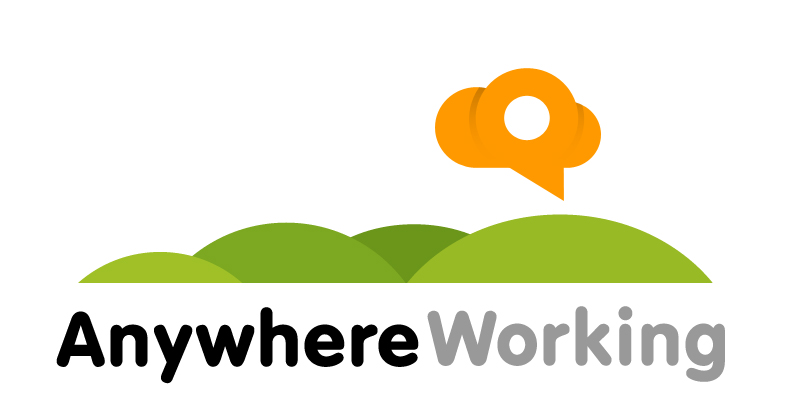While working away from a loud and busy office may be the perfect situation for some people, for others the lack of structure seems like a concentration-disaster. Therefore, it is important to maximise concentration when you’re Anywhere Working.
There are concentration techniques that we want to introduce you to, which work in quite different ways. If you don’t suit one of them, don’t worry, try the other. Not every concentration technique works for everyone.
Getting Things Done (GTD)
This technique originates from David Allen’s (2002) book Getting Things Done: The Art of Stress-Free Productivity. While the entire book is worth a read, the ProfHacker blog summarised the book into four defining cornerstones.
- Get things out of your head.
Every task – no matter how small or trivial it is – must be committed to your ‘to-do’ system. So instead of having a to-do list which contains your most important tasks, with the menial ones in your head, put all of those tasks down on the list. - Create actionable goals instead of vague ‘to-do’s.
Break down tasks such as ‘complete report’ into smaller, more manageable and actionable goals such as ‘read research paper X,’ ‘write introduction,’ et cetera. - Create context categories for your goals.
The context categories relate to where or what you need to complete the task. For example, ‘work’ and ‘home’ might be two categories. This means when you get to work, you can complete ‘work’ tasks, and can work on ‘home’ tasks at home. - Review.
The final important part is regular review of your GTD list. This allows you to keep on track with certain tasks, but also move forward at a much faster rate. If one particular project isn’t getting the attention it deserves, create more tasks for that project so that you pay more time to it.
Pomodoro
The Pomodoro Technique, by Francesco Cirillo, is based on defeating the ‘becoming’ anxiety. Becoming is the concept that stress increases when you consider the things you need to accomplish in the immediate and distance future. Pomodoro attempts to overcome the anxiety associated with ‘becoming.’
Pomodoro is much simpler than GTD and unlike GTD, which requires considerably more work to implement, can be used straight away.
- Find a task that you need to do.
- Put a timer to 25 minutes.
- Work on the task for those 25 minutes.
- Take a 5 minute break.
- Repeat four times and then take a longer break.
Pomodoro helps overcome ‘becoming’ anxiety by breaking down tasks into small time-segments that regularly give you breaks.
Apps
For GTD, you have a wide selection of apps available to choose from. If you are a fan of Outlook, then there are plug-ins such as the GTD Outlook Add-in and Jello.Dashboard. Alternatively, if you want a dedicated app, ThinkingRock, (Windows, Mac, Linux, iOS, Android) is a popular choice developed entirely with GTD in mind. Finally, for those Google Account users, a web-based system such as Remember the Milk fully integrates with Gmail, Google Calendar and other features, which allows for cloud-based GTD organisation.
For Pomodoro, you can use the Focus Booster app. This Adobe Air-built app works on Windows and Mac computers and sits on your desktop with a 25-minute timer ready to start.
What are your experiences with concentration methods and apps? We’ve touched on two of the popular ones here, but do you have your own system that works wonders? Or is the old-fashioned post-it note system the most effective for you?


